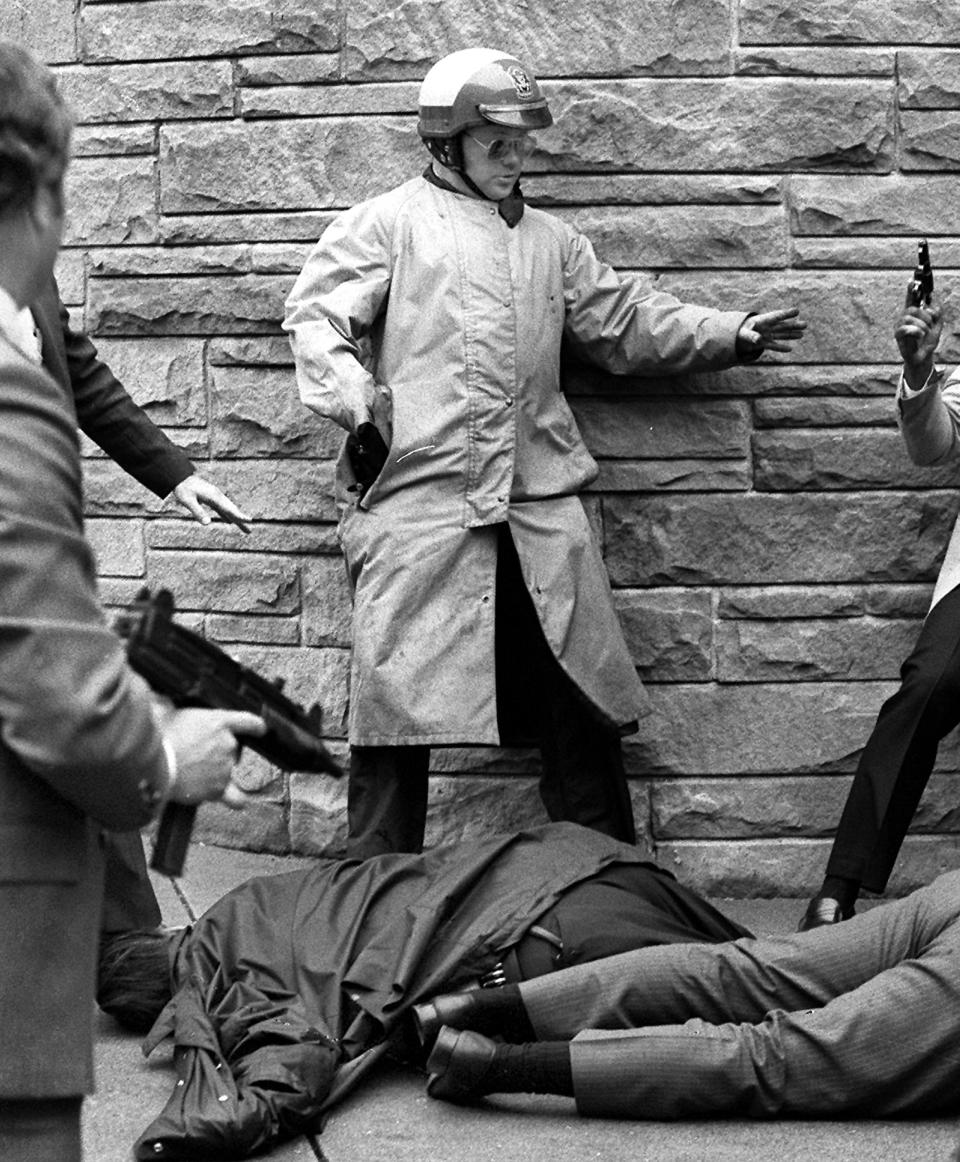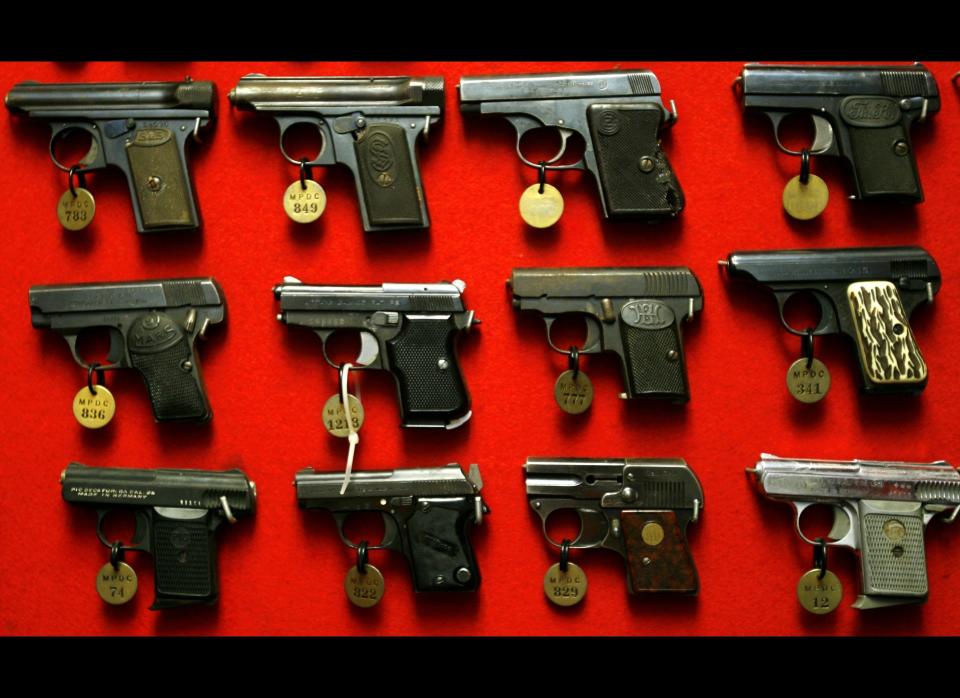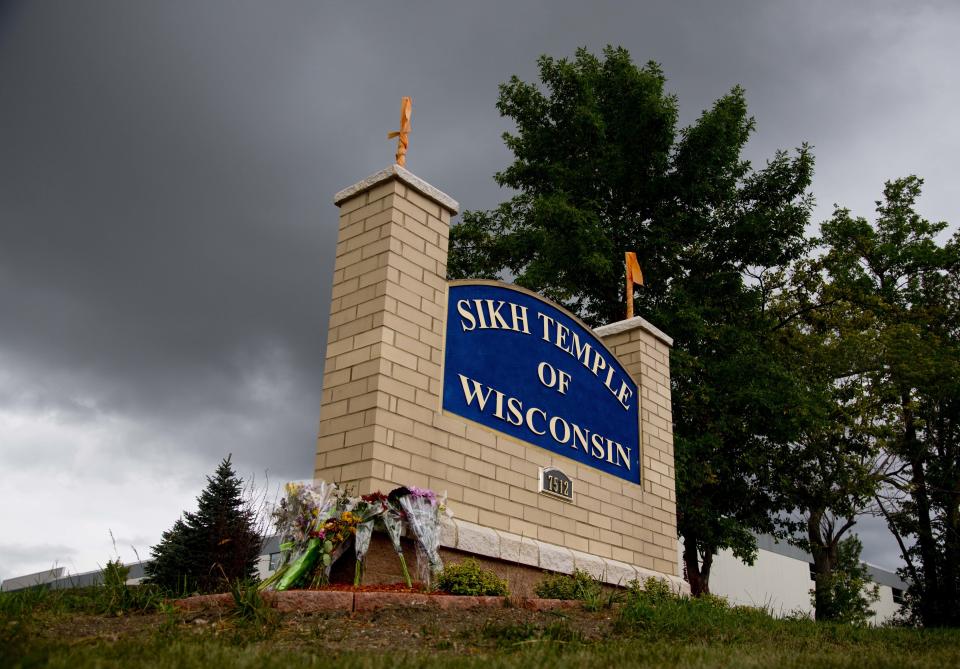Seeing Guns In Movies Makes Kids More Likely To Pull The Trigger Of A Gun In Real Life
An estimated one in three American homes with children have guns in them, and about 1.7 million children are living in the presence of a loaded, unlocked gun. Perhaps it’s no wonder, then, that every week in America, one child under 12 years old dies from an unintentional gunshot, the majority of which happen at home. And this year alone, children have unintentionally shot either themselves or someone else at least 210 times.
While access to unsecured, loaded firearms is certainly to blame for these incidents, new research finds that gun violence in popular culture may also play a role in stoking curiosity about guns in the first place.
In a unique and vivid experiment, researchers from The Ohio State University found that children who recently watched gun violence in movies were almost three times more likely to pull the trigger of a (disabled) gun placed in their vicinity compared to children who watched the same movie, but with the gun violence edited out. Children exposed to gun violence in movies also held the gun for longer than kids who watched the edited movie (53 seconds, on average, versus 11 seconds).
The results, which were published in the journal JAMA Pediatrics, are similar to previous research that found children are more likely to try other risky behaviors they see an actor doing in movies. This is why senior study author Brad Bushman, professor of communication and psychology at The Ohio State University, is calling upon the Motion Picture Association of America, the body that rates movies, to take gun violence into account when creating ratings.
“We know that movies have warnings when they have cigarettes and alcohol. Why don’t movies have warnings that they have guns?” said Bushman. “Guns are more deadly than cigarettes or alcohol and our research shows that seeing a movie character with a gun has the similar effect on children as seeing a movie with a character smoking cigarettes or a character drinking alcohol.”
The MPAA did not respond to a request for comment.
Bushman and co-researcher Kelly Dillon, who at the time was a graduate student and is now an assistant professor at Wittenberg University, also encouraged parents to take care when exposing their children to violent media, either by watching the content first, as recommended by Common Sense Media, or watching alongside them so that parents can initiate conversations about what they see together.
A gun in the playroom
Bushman and Dillon recruited 104 children ages 8 to 12 to participate in their experiment. Dillon, who interacted with the study participants and conducted the experiment, first invited the children and their parents to come to the research site and then asked the children, in pairs, to watch 20 minutes of a PG-rated movie (either “The Rocketeer” or “National Treasure”) that either preserved the original gun violence scenes or had them edited out.
Then the children were invited to play in pairs, unsupervised, in a room filled with games and toys. Before the experiment, Dillon had told the children that she was studying about what kids liked to do in their spare time, like watching movies or playing with toys or games. But unbeknownst to the children, there was a real but disabled 0.38 caliber handgun in a closed, but not locked, drawer in the playroom, and Dillon was in fact conducting the experiment to see what the kids would do if they found the gun.
Alongside the parents, who were invited to stay and watch the experiment, the researchers observed the children from a separate, closed room, waiting to see what the children would do if they found the gun. Most of the pairs of children found the gun (43 out of 52 pairs). Only 14 pairs, or 27 percent of the participants, told Dillon about the gun or gave it to her unprompted. The rest of the children who found the gun played with it, holding it and pulling the trigger.
After analyzing their recordings and controlling for variables like gender, age, the number of guns in their home, attitudes toward guns, consumption of violent media, and their natural aggression levels, Bushman and Dillon found that simply watching a movie with gun violence made them three times more likely to pull the gun’s trigger compared to kids who watched edited versions of the same movie.
Got a gun? Lock it up
This simple yet alarming experiment demonstrates how naturally curious children are, and how easy it it would be for them to find a deadly weapon. That is why in addition to stronger warnings for movies and TV, Bushman said the study’s second important message was directed at gun owners: If you have a gun, lock it up.
While it wasn’t an official part of the experiment, Dillon got the chance to observe how horrified and disturbed parents were at watching their children handle a real gun.
“Most parents, if the child chose to play with the gun, and especially if they chose to play pretty violently, were shocked and pretty scared,” Dillon said. Indeed, some children were observed pointing the gun at the other child’s head, pointing the gun out the lab window at people in the street, or threatening to hit the other child with the gun.
Dillon was able to empathize with them, having put her own children ― ages 6 and 8 ― through the experiment as a kind of practice run before the official study began.
“Within seconds of closing the door, my 6-year old found the gun, picked it up and pulled the trigger. And the trigger had been pulled again when his 8-year old brother took the gun from him to give it to me,” she said. “Even seeing my own children with a firearm is pretty chilling.”
Dillon also said that parents were grateful that their children were part of the experiment.
“It led to good conversations between the parents and the children while they were in the lab,” she said. “We gave all parents and participants age-appropriate resources about how to have those conversations, and I do remember some emails thanking me for the opportunity to be there because they really didn’t know how else to broach the subject.”
Bushman is currently replicating the study with video games. Dillon also plans to research whether teaching children about what to do if they find a gun has any effect on their real-world response to finding a firearm.
CORRECTION: A previous version of this story incorrectly stated that Kelly Dillon was replicating the study in video games. In fact, Brad Bushman is conducting this research.
Also on HuffPost
1981: The Attempted Assassination Of President Ronald Reagan

1993: The Brady Handgun Violence Act

1994: The Violent Crime Control and Law Enforcement Act

2004: Law Banning Magazines Holding More Than Ten Rounds Of Ammunition Expires

2007: The U.S. Court of Appeals For The District Of Columbia Rules In Favor Of Dick Heller

2008: Supreme Court Strikes Down D.C. Handgun Ban As Unconstitutional

Gabrielle Giffords And Trayvon Martin Shootings

Colorado Movie Theater Shooting

Sikh Temple Shooting

Love HuffPost? Become a founding member of HuffPost Plus today.
This article originally appeared on HuffPost.

